Want to stay current with Arthur’s writing? Sign up to get an email every time a new column comes out.
Have you ever reflected on what an ungrateful wretch you are? Instead of being thankful that a delicious beverage awaits at your favorite coffee shop, you fume because the person ahead in line ordered a caramel macchiato frappe oatmeal horchata with a splash of macadamia milk, and is now paying for it in nickels.
Your ingratitude is not your fault; it’s probably evolution’s. You have a negativity bias passed on from your ancestors. They needed to operate with a bias that made negative emotions win out over positive ones, because—as unpleasant as negative emotions are—they are more likely to save your life in the presence of a genuine threat. In our day and age, this proclivity tends to be maladapted in ways that make you disproportionately attuned to insignificant hazards and insensitive to the many delights and blessings around you. That, of course, makes you unhappy.
So think of Thanksgiving not as a holiday, but as an intervention. You can make the occasion a manual override to your naturally ungrateful disposition. But you don’t have to restrict this intervention to a once-yearly deployment. With a little knowledge and practice of some specific techniques, you can grow the amount of gratitude in your emotional repertoire and get a lot happier year-round.
When I’ve previously written about the benefits of gratitude for happiness, I have presented the great body of evidence that shows how expressing authentic thankfulness raises the well-being not only of the person being thanked but also of the person doing the thanking (and perhaps to an even higher degree). Gratitude interrupts cycles of negative rumination by reminding you of the good things in your life, which helps lower depressive symptoms as well as reduce stress and negative emotions, such as anxiety. Feeling grateful pulls your attention away from what you lack and toward what you have, and this is associated with a decrease in envy and materialism. Gratitude has also been found to improve romantic relationships and lower burnout at work.
[Arthur C. Brooks: Four ways to be grateful—and happier]
Gratitude is so effective that if you could bottle it, you’d be a billionaire. But as with so many beautiful parts of life, gratitude is not something you can market like a drug or nutritional supplement: It happens to be completely free—but not so easy to attain. Thankfulness requires neither payment nor subscription, just a commitment to stand up against your limbic system, which is lying to you with its negativity bias—saying that this lovely morning is actually pretty annoying, and that everyone is dissing you.
Researchers on gratitude have tested different interventions to override our negative nature. The first comes from the work of the psychologists Robert A. Emmons and Michael E. McCullough, who introduced “gratitude lists” in experiments two decades ago. They found that simply listing what you’re grateful for each week, and then looking at the list every day, would, on average, raise your mood over nine weeks by 6 percent against a control group that recorded neutral things (such as current events), and by 12 percent against a group that noted down life’s hassles (what we normally tend to do).
A second intervention, devised by the psychologist Martin Seligman, involves writing letters of gratitude to others, telling the recipient in each case specifically what you’re thankful to them for. Seligman shows that the happiness effects this affords the thanker persist for a long time—even until a six-month follow-up by the researchers—probably because of an enhanced relationship with the person receiving the letter. The effect on the person being thanked is also profound, and this holds even when the person knows you’re writing a thank-you letter not spontaneously but as a deliberate happiness practice. Seligman, who is a longtime mentor of mine, and someone whom I greatly admire, last year wrote me an email of appreciation himself, totally unbidden. That made my month.
A third intervention is similar to the second but involves outward, public action. In 2023, four researchers looked at the well-being effects of using social media to express gratitude to someone. Although this practice is less intimate, and therefore leads to a lower sense of connection with the person than if you express gratitude through a private channel, the scholars found that a public thanking confers approximately the same boost in life satisfaction and moral elevation as the private thanks does.
Finally, psychologists have studied a fourth, simple intervention of “grateful contemplation,” in which people are induced to think briefly about a few things they’re grateful for. In experiments with college students who practice this for just a few minutes, the researchers found that the participants experienced an immediate drop in negative mood. By thinking of things they were thankful to have done over the past summer, for example, they successfully shifted their attention away from feelings of regret or envy over the things they wished they’d done.
All told, you have a lot of means to make gratitude boost your well-being. I recommend that you adopt a protocol that uses the best aspects of all these interventions.
1. Weekly treatment
Each week at the same time, write down five things for which you’re particularly grateful. Post the list in a place where you will see it every day, such as on the fridge or your laptop. Each morning until the next week’s list, pause to savor each item of thankfulness for 30 seconds.
Then also, at another point in the week from your list-making, start the day by writing one text or email of appreciation to someone in your life. The message doesn’t have to be long or ornate, just a few sentences to say you are thankful. And be specific about why. The recipient can be a loved one, a colleague, even a stranger—such as someone whose work you admire—who has a public address.
[Arthur C. Brooks: How to be thankful when you don’t feel thankful]
2. Opportunistic public action
If you use social media or have another type of platform, use it to show gratitude or admiration when a reason to do so occurs to you. Maybe the person you’re thanking is well known, maybe they’re completely unknown. Their profile isn’t the point; the idea is to tell your followers or audience that someone specific has affected your life in a positive way.
3. Authenticity check
Random acts of thanking can be great, but take care: Trying to look grateful is not the same as expressing authentic gratitude. If you thank someone solely to attain a desirable social outcome, people can tell; you might come off looking like a suck-up. Worst of all, the well-being effect will be blunted.
You may have noticed that I didn’t include grateful contemplation in my protocol above. That’s because I keep it in my back pocket all the time, and pull it out as needed. I try to have a running list of things to be thankful for, to rescue myself when I’m feeling especially negative. For example, I am writing these words on an annoyingly delayed flight, while sitting behind someone who reclined his seat all the way back into my personal space approximately one second after takeoff. I could ruminate on these inconveniences, making minor resentments seem larger. Or I could think about the fact that you actually wanted to read this column about gratitude and might benefit from it.
I chose the latter. This changed my mood very quickly. Thank you. And happy Thanksgiving.



